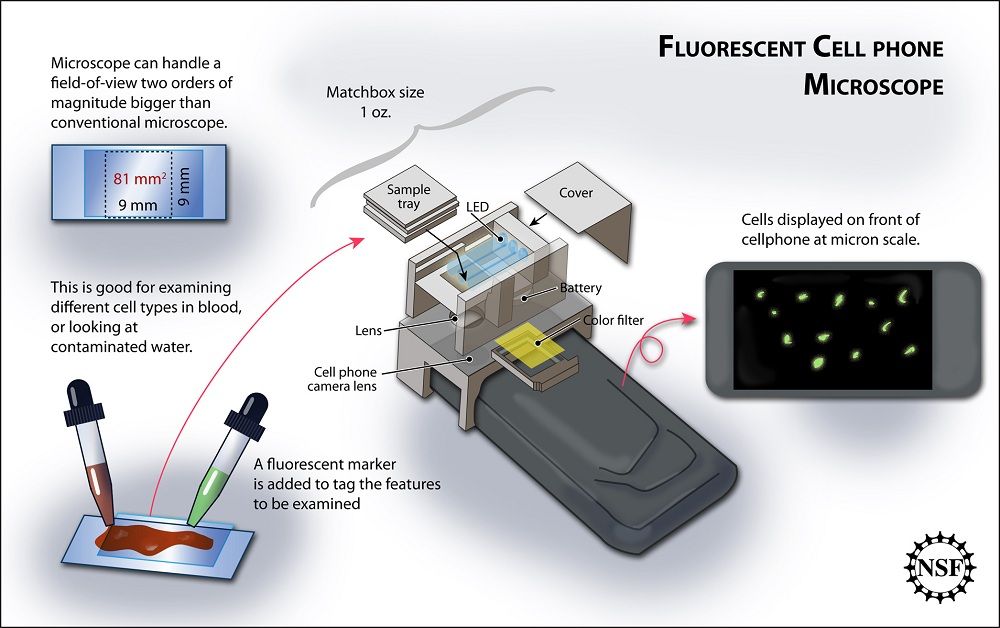
Why I love ... megapixels

Aydogan Ozcan is an expert on optics and imaging and leads the Bio- and Nano-Photonics Laboratory in the Electrical Engineering and Bioengineering Departments at UCLA. He contributed this article to LiveScience's Expert Voices: Op-Ed & Insights.
For decades, the number of transistors in integrated circuits has been doubling approximately every 18 to 24 months — a trend known as Moore's Law, which enabled our personal computers to get more and more powerful every year. Interestingly, the pixel count in cellphone cameras has also been following Moore's Law for the last decade, reaching approximately 40 megapixels at the end of 2012. I wonder if the same trend of increasing pixel count can continue for the coming decades, and if it does, what innovations it will trigger globally — especially in the use of cellphones for biomedical imaging, microscopy, telemedicine and remote diagnosis. At what point will the combination of powerful processors and optical components (including imaging sensors installed on our smart-phones) make bench-top micro-analysis and measurement devices entirely obsolete? This will not only create a paradigm shift for biomedical imaging, sensing and telemedicine in general, but also it will democratize the practice of cutting-edge science and engineering globally by creating cost-effective, field-portable and yet powerful equivalents of advanced measurement and analysis tools. All these opportunities keep me awake in the night.
Read Ozcan's recent Op-Ed on his biomedical work: Stunning 3D Sperm Images Reveal New Motion and learn more about Ozcan's work in the NSF-LiveScience ScienceLives video below.
The views expressed are those of the author and do not necessarily reflect the views of the publisher.
Sign up for the Live Science daily newsletter now
Get the world’s most fascinating discoveries delivered straight to your inbox.











